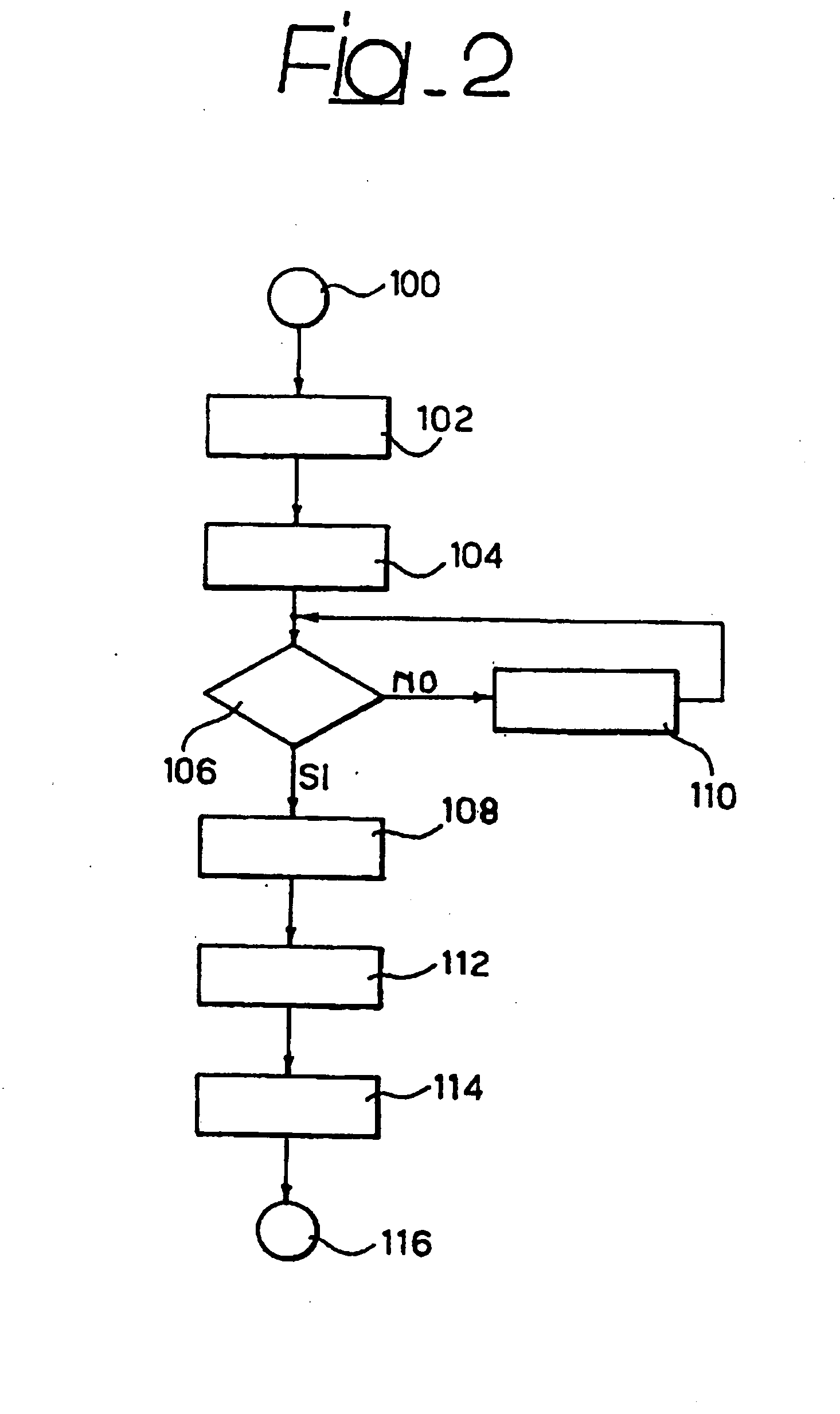Method for locating mobile terminals, system and components therefor
- Summary
- Abstract
- Description
- Claims
- Application Information
AI Technical Summary
Problems solved by technology
Method used
Image
Examples
Embodiment Construction
[0017] The present invention is aimed at providing a solution able to overcome the drawbacks described above.
[0018] According to the present invention, said aim is achieved with a method having the characteristics specifically listed in the claims that follow.
[0019] In particular, the invention relates to a method for identifying the position of mobile terminals: on the basis of a plurality of signals or physical quantities, corresponding error functions are determined which allow to calculate a global error function having a minimum in correspondence with the position of the mobile terminal to be located.
[0020] The invention also relates to the corresponding system and the associated components.
[0021] Among said components it is also included a software product able to be loaded directly in the memory of a digital computer (as is the case of currently produced mobile telephones) associated with a mobile terminal for telecommunication networks. The software product under investi...
PUM
 Login to View More
Login to View More Abstract
Description
Claims
Application Information
 Login to View More
Login to View More - R&D
- Intellectual Property
- Life Sciences
- Materials
- Tech Scout
- Unparalleled Data Quality
- Higher Quality Content
- 60% Fewer Hallucinations
Browse by: Latest US Patents, China's latest patents, Technical Efficacy Thesaurus, Application Domain, Technology Topic, Popular Technical Reports.
© 2025 PatSnap. All rights reserved.Legal|Privacy policy|Modern Slavery Act Transparency Statement|Sitemap|About US| Contact US: help@patsnap.com



